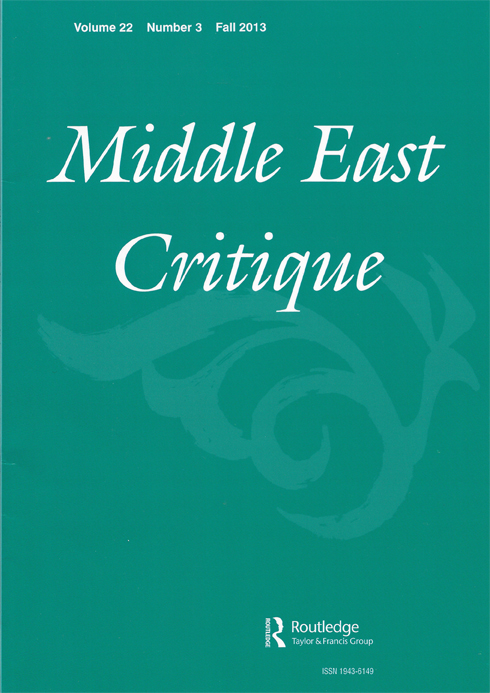Article

A Digital Humanities Approach: Text, the Internet, and the Egyptian Uprising
The unprecedented upheavals in the Arab countries that started in Tunisia in December 2010 spread like wildfire, igniting a wave of similar protests around the world and especially in Egypt, which erupted a month later. In an act of transnational solidarity, in February 2011, an Egyptian activist ordered pizza for labor union protesters in Wisconsin. The international phone call from Egypt was just one of many messages of solidarity streaming into Madison, Wisconsin, from all over the world. Such connections prompted this critical investigation regarding the interaction of ideas and triggers of influence on civic engagement and political mobilization ever since the Egyptian uprisings began in 2011. It is part of a larger collaborative study that examines the hermeneutics (text, context and intellectual origin) of digital knowledge produced from social unrest and citizen action as they flow among transnational actors in the Arab uprisings, Occupy Movements and socioeconomic protests in Spain and on Wall Street.2
While many facets of these movements have been studied recently, it is important to examine the distinct sociopolitical forces leading to their emergence and the mutual influences among them. This article contributes to the larger Collaborative Cultural Analytics (CCA) project by providing a micro-study on #Tahrir and its significance within a historical narrative of ‘revolts’ or ‘thawra’ in Egypt. The revolutionary turmoil in Egypt did not emerge out of the blue and simply through social media activism as is often depicted, but rather was precipitated through many years of internal pressures and growing social movements.3 Indeed, the social movements in Egypt, Spain, and Wall Street are unique historical moments that, in fact, represent culminations of myriad dynamics, actors, and forces over time, and are, therefore, extremely complex to research.
